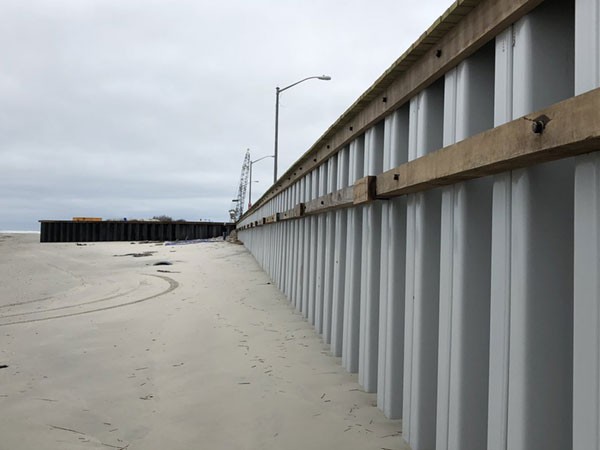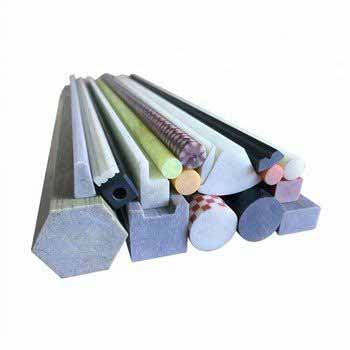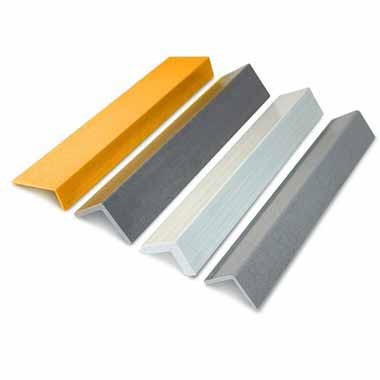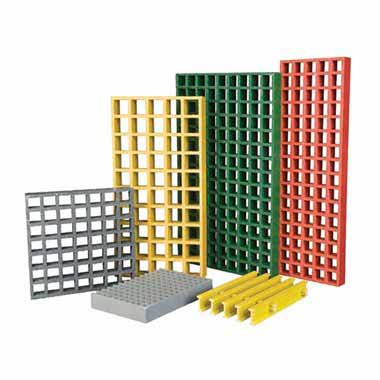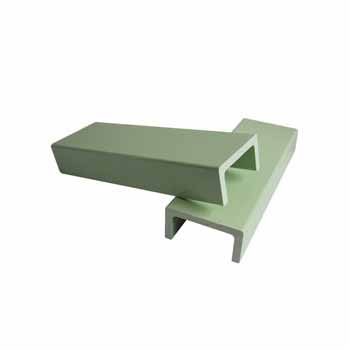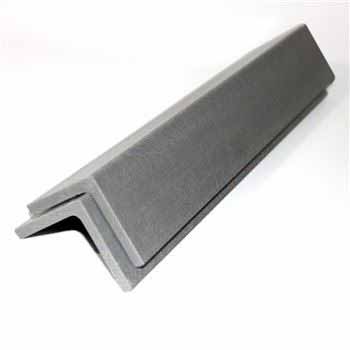Fiberglass sheet piling is a cost-effective, durable, and versatile solution for a wide range of waterfront applications, from seawalls and bulkheads to flood protection and erosion control. Made from fiberglass-reinforced polymer (FRP), this composite material offers a number of benefits over traditional materials such as steel, concrete, or timber. In this article, we explore the many advantages and applications of fiberglass sheet piling, as well as some of the key considerations when choosing this product for your project.
What is Fiberglass Sheet Piling?
Fiberglass sheet piling is a type of FRP composite material that is composed of a mixture of glass fibers and resin. The fibers provide the material with its strength and rigidity, while the resin acts as a bonding agent, holding the fibers together and protecting them from environmental factors such as moisture, UV radiation, and temperature fluctuations. Fiberglass sheet piling is available in a variety of shapes and sizes, depending on its intended use.
Advantages of Fiberglass Sheet Piling
There are several advantages of fiberglass sheet piling that make it a popular choice for waterfront structures and other applications. First and foremost, it is lightweight, which means that it can be easily transported and installed by a small team of workers without the need for heavy machinery. This can significantly reduce the overall cost of a project, as well as the time required for completion.
Another key advantage of fiberglass sheet piling is its high strength-to-weight ratio. Fiberglass is a strong, sturdy material that can withstand heavy loads and impacts. It is also non-conductive and non-magnetic, which makes it an ideal solution for applications where electrical or magnetic interference is a concern.
Additionally, fiberglass sheet piling is highly resistant to corrosion, which is a common problem with traditional materials such as steel or timber. It is also resistant to UV radiation, chemicals, and saltwater, making it a durable and long-lasting choice for waterfront structures and other applications.
Applications of Fiberglass Sheet Piling
Fiberglass sheet piling is a versatile material that can be used for a variety of applications. Some of the most common applications include:
- Seawalls and bulkheads: Fiberglass sheet piling can be used to construct seawalls and bulkheads to protect shoreline properties from flooding and erosion. Its high strength-to-weight ratio makes it a more effective solution than traditional materials.
- Flood protection: Fiberglass sheet piling can be used to create barriers to prevent flooding in low-lying areas. Its lightweight and easy installation makes it ideal for temporary flood protection measures.
- Erosion control: Fiberglass sheet piling can be used to reinforce existing structures or create new barriers to prevent erosion along riverbanks, canals, and other waterways.
- Roadway protection: Fiberglass sheet piling can be used to create barriers along highways and other roadways to protect against landslides and other hazards.
Conclusion
Fiberglass sheet piling is a lightweight, strong, and corrosion-resistant solution for a wide range of waterfront structures and other applications. Its versatility, durability, and cost-effectiveness make it a popular choice among engineers, contractors, and property owners. When choosing fiberglass sheet piling for your project, it is important to consider factors such as the size and shape of the material, its load-bearing capacity, and its resistance to environmental factors.


